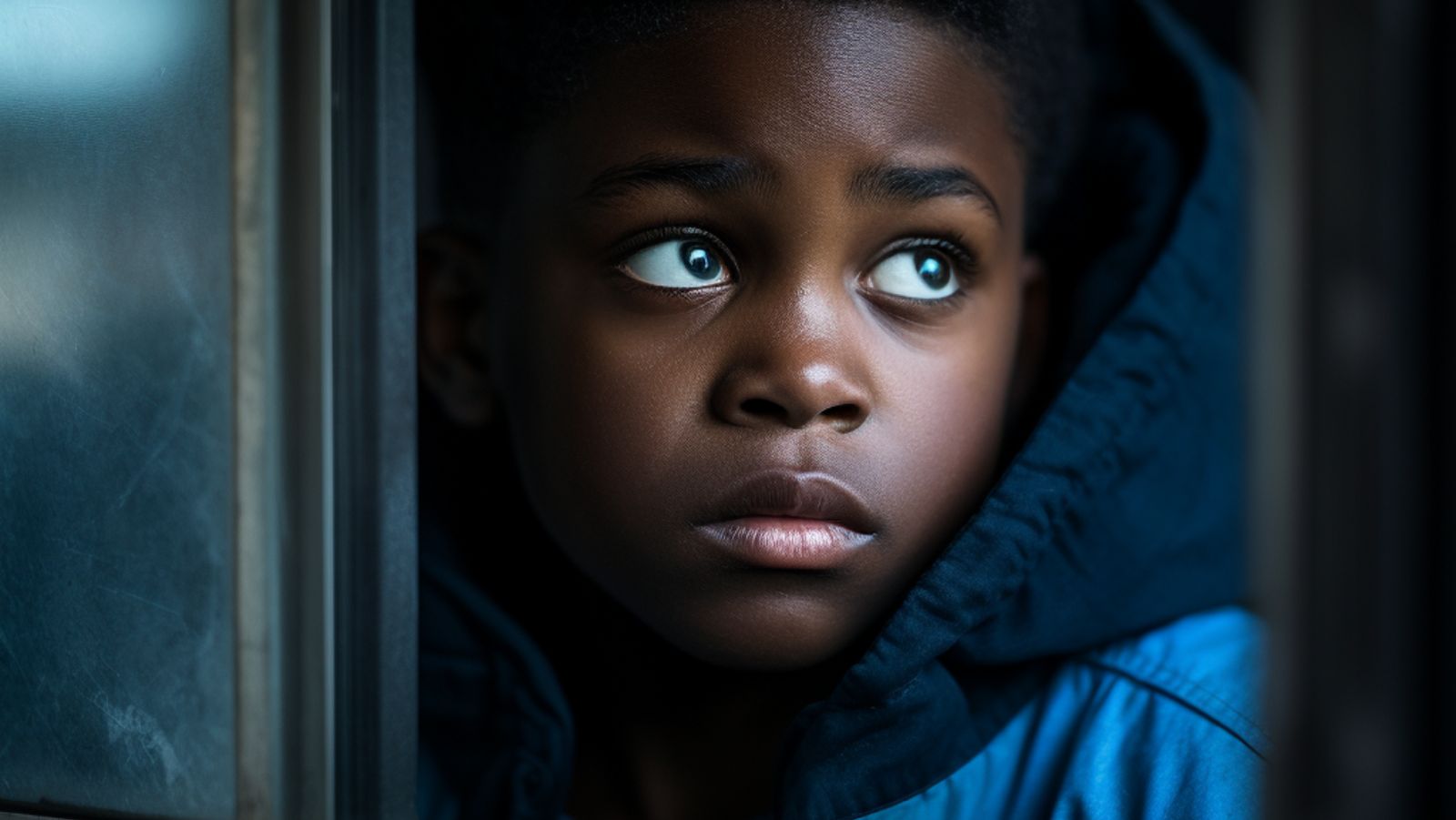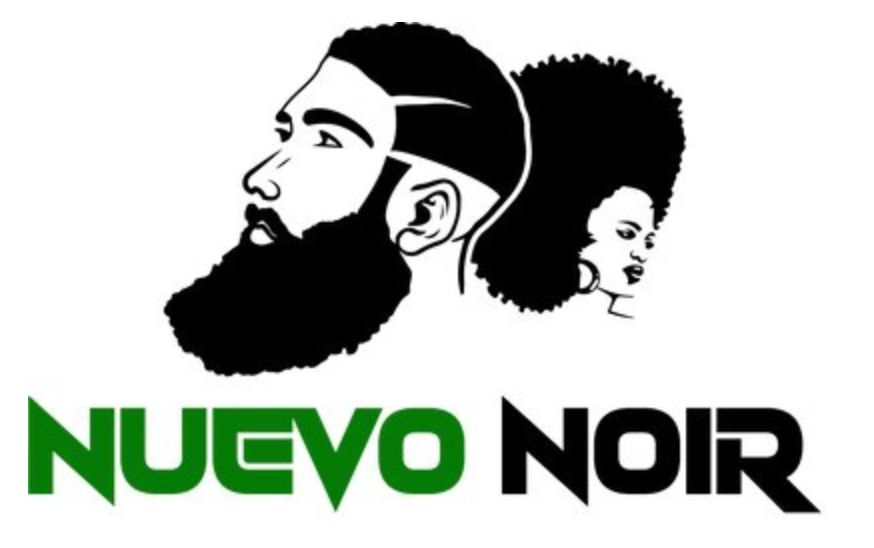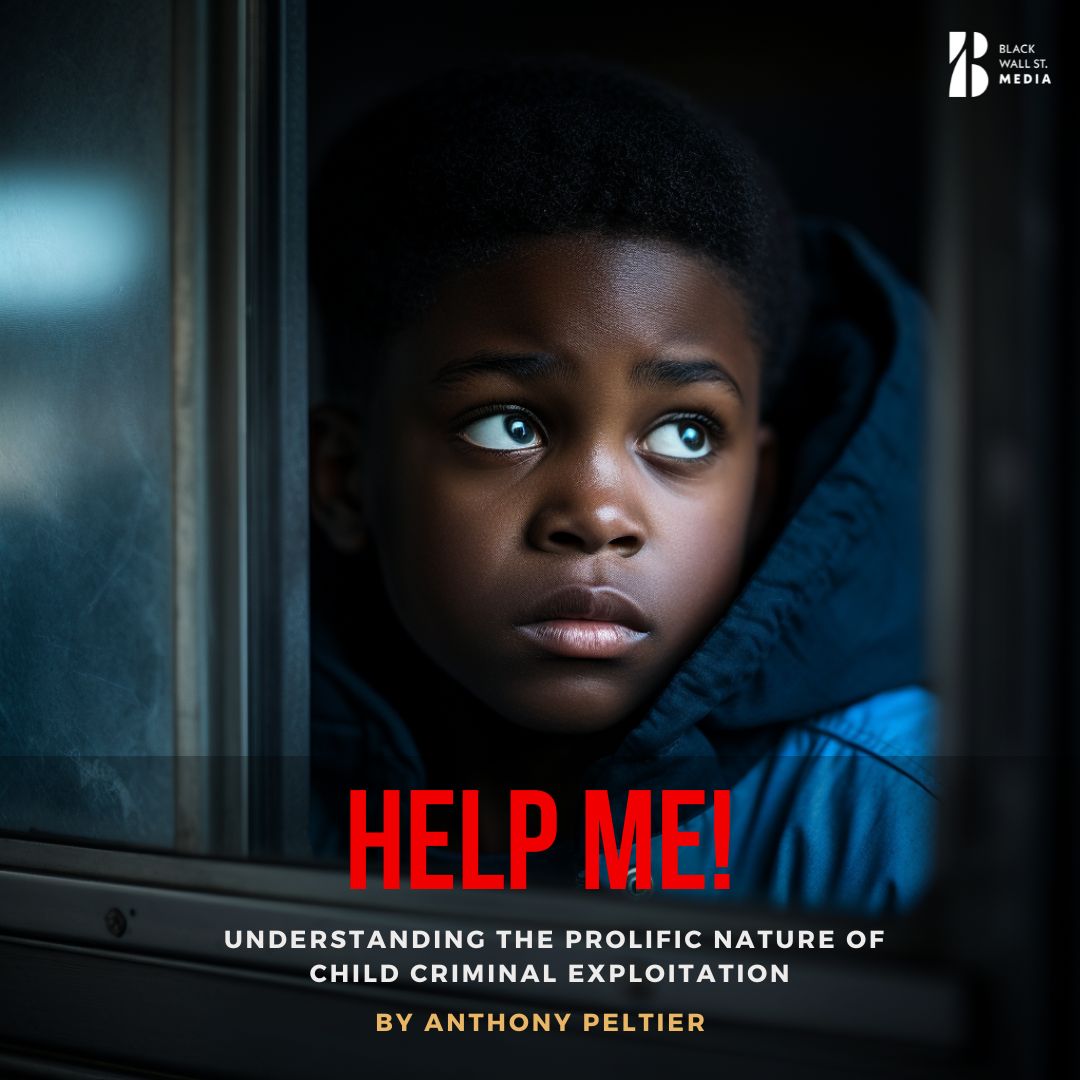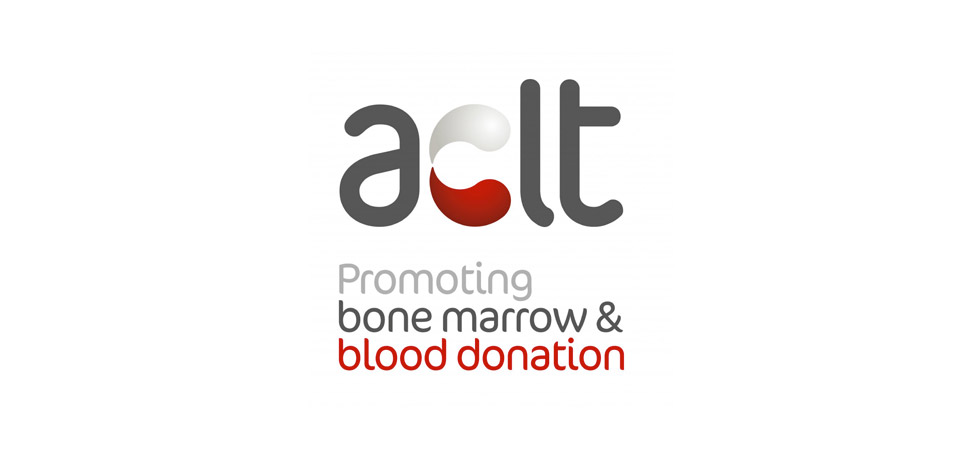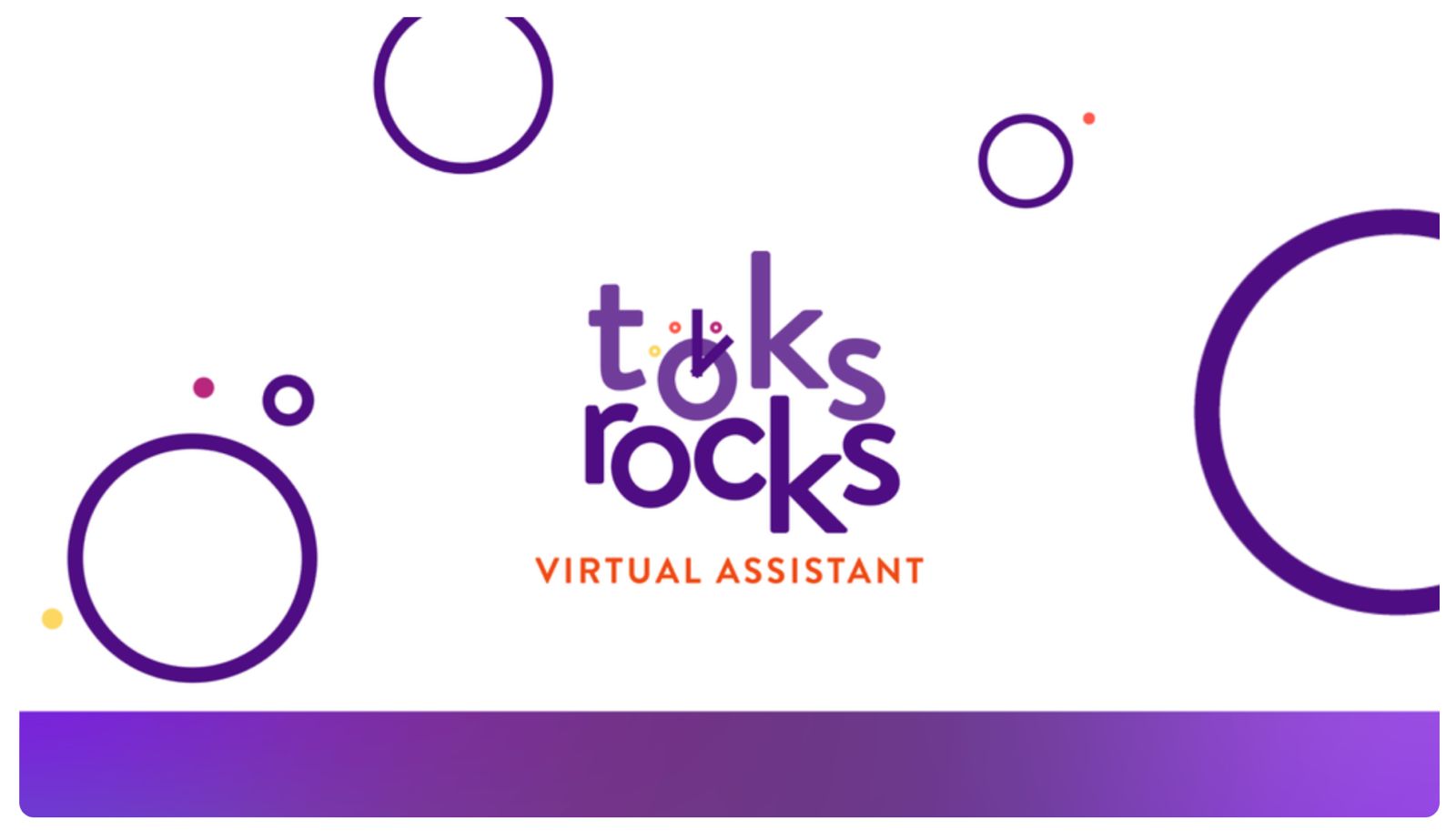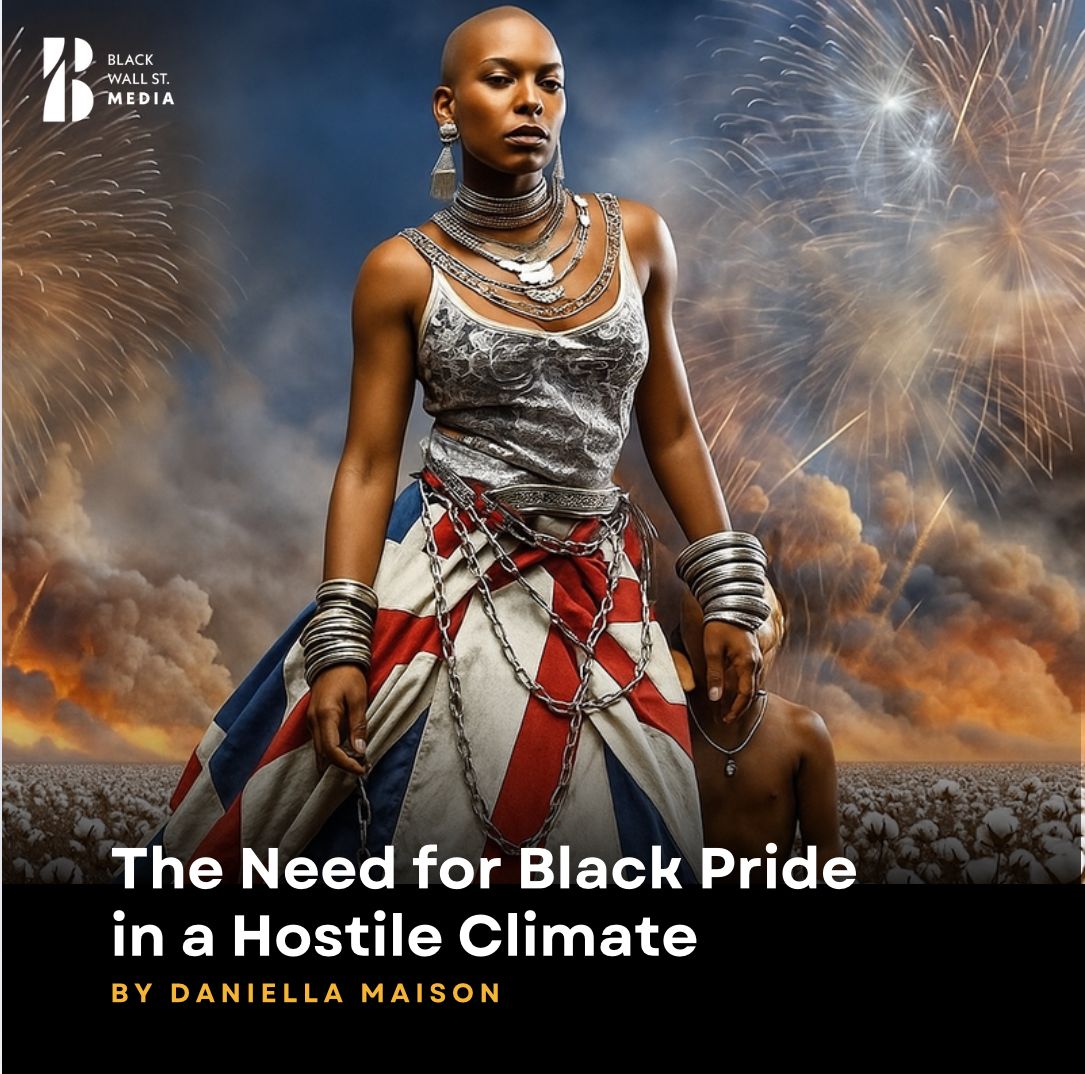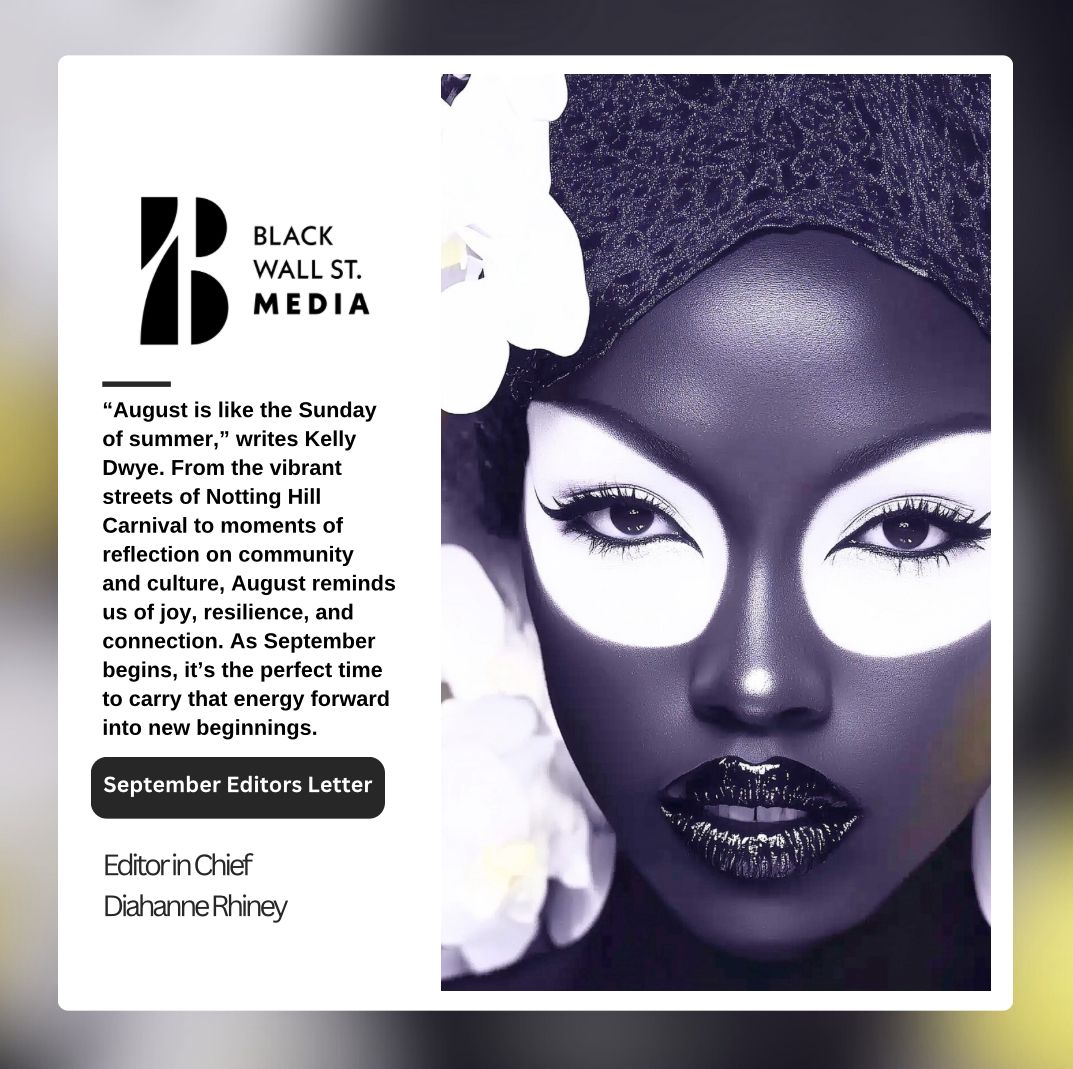Child Protection/Child Welfare Advocacy
HELP ME! Understanding the Prolific Nature of Child Criminal Exploitation
“Child Criminal Exploitation is a silent scourge affecting thousands of children annually. Join us in raising awareness and taking concrete steps to protect our youth. Together, we can make a difference.”
Authony PeltierEducational Columnist
In the heart of our society lies a shadow, a silent scourge that undermines the innocence of childhood – Child Criminal Exploitation (CCE).
Statistics from leading children’s charity NSPCC underscore the daunting challenge that lies ahead, with over 16,000 children falling prey to exploitation in England alone each year, and approximately 27,000 more at imminent risk.
The Guardian’s recent analysis points to an alarming trend: a record surge in youngsters at the mercy of exploitation, signalling a dire need for immediate action. Alarmingly, data points to a disproportionate impact on Black boys, aged 11-17, underscoring the urgency to tailor interventions and support for this particularly vulnerable cohort.
The manipulation of children into criminal activities spans various illicit acts, from drug trafficking and theft to shoplifting and sexual exploitation, frequently under the coercive grip of organised crime rings.
With grooming taking centre stage, victimisers methodically build rapport with their targets, often culminating in physical, emotional, and sexual abuse, as highlighted by the Berkshire Local Safeguarding Children Partnership.
The Metropolitan Police pinpoints threats, intimidation, and bribery as additional weapons in these criminals’ arsenals. The digital realm further complicates this landscape.
The NSPCC acknowledges an 80% upsurge in recorded online grooming crimes, pointing to an evolving frontier in child exploitation.
Combating CCE requires a coalition of forces; a concerted effort that marries education with robust support systems.
The NSPCC advocates for comprehensive, awareness-driven programs that empower children and guardians with knowledge and avenues for reporting suspected exploitation.
Specific attention must gravitate towards Black youths, between 11-17, identified as particularly susceptible.
Tailored outreach and support mechanisms are imperative to adapt to the nuanced experiences shaped by the intersectionality of race and age.
The Exploitation of Systems’ Flaws The exploiters are adept at identifying weaknesses, not within the children themselves, but within the very systems designed to protect them.
Suspensions and exclusions from schools act as a double-edged sword, pushing children away from the safety of a school or education supervision into the waiting hands of exploiters.
These cunning manipulators weave a web where the unsuspecting youth become entangled in criminal activities, such as county lines drug operations.
It begins subtly: a persuasive conversation, a moment of attention, or a false promise of belonging.
Similarly, societal biases that influence the way missing children are perceived play into the hands of criminal exploiters.
The delayed response to the disappearance of Black boys can result in extended periods of unnoticed exploitation, causing irreparable harm to the individuals and their families.
Familial structures are not immune to exploitation. When family networks show cracks, exploiters often fill these gaps with malignant intentions, grooming children to believe that participation in criminal acts is a surrogate for the care and support they desperately seek.
Local authorities managing care homes become unwitting accomplices due to insufficient supervision and a lack of nurturing environments. These settings can become prime hunting grounds for exploiters looking to recruit children into trafficking rings.
Case Studies:
Voices Unheard We are reminded of the dire effects of these systemic failures through heart-wrenching serious case reviews.
A high-profile incident highlights a child who, after being suspended from school, was scooped up into the underbelly of society, and manipulated into carrying drugs across county lines.
Another situation that has not reached the stage of a serious case review, reveals the story of a young black boy whose disappearance from his community was initially met with limited urgency because he was known as a persistent run-away, echoing a harrowing lack of equality in the investigation process, ultimately condemning the boy to potentially a prolonged abusive situation.
Even when this child made himself aware to an officer while being accompanied by two other balaclava-clad males, his traffickers, the officer unintentionally ignored his silent pleas for help.
This reaction, or lack thereof, portrays a devastating picture of how prejudiced perceptions can override our duty to protect and serve.
Was it “confirmation bias”, where one looks for evidence to support pre-existing beliefs or “stereotype threat”, which can lead victims, aware of negative stereotypes about their group, to conform inadvertently to those expectations?
In the case of the young boy, could it be an insidious cocktail of “racial bias” intertwined with “perception bias”, where the stereotypes associated with being a persistent run-away overshadowed the urgency of the situation?
Elsewhere, portraits of broken homes narrate the tale of silent grooming by gangs presenting themselves as alternative families.
Here lies the tale of a child from a struggling household finding pseudo-refuge in the very core of the criminal enterprise.
The Unheard Voices of Innocence Lost Real-world cases drive home the severity of these systemic failures.
A suspended child is lured into drug trafficking, a disappeared young boy’s silent cries for help are ignored due to prejudice, and homes that should shelter become a trafficker’s recruitment ground.
These stories are testimonies to the immediate need for systemic change.
Our Collective Call to Action As a community of parents, teachers, school leaders, police, and local authorities, it is time for a consolidated effort against the elements enabling exploitation.
This call-to-action urges: · Schools to reconsider disciplinary approaches for at-risk students. · Police to better recognise and address ingrained biases. · Caregivers to be vigilant and protective. · Families to establish a strong sense of community safety.
It is essential to acknowledge that every segment of society plays a critical role. Schools must intensify safety discussions, parents should become advocates for enhanced protective measures, and the police must strive for unbiased practices.
As harrowing as the reality is, hope and action manifest through initiative-taking engagement.
We must rise to support those in vulnerable positions, harnessing our collective strength to dismantle the intricacies of exploitation.
By empowering and protecting our youth, the future we carve out becomes one of security, opportunity, and reclaimed innocence.
Let us come together in this crucial battle, fostering resilience, trust, and a brighter outlook for all children.
The fight against CCE is not just a legislative or institutional responsibility; it is a societal imperative where every action counts, every voice can have influence, and every child’s potential is preserved.
If you suspect a child is being exploited or are concerned about potential grooming, contact your local authorities MASH team immediately or report to the NSPCC helpline.
”Your prompt action could safeguard a child's future.
Black Wall St. MediaContributor

